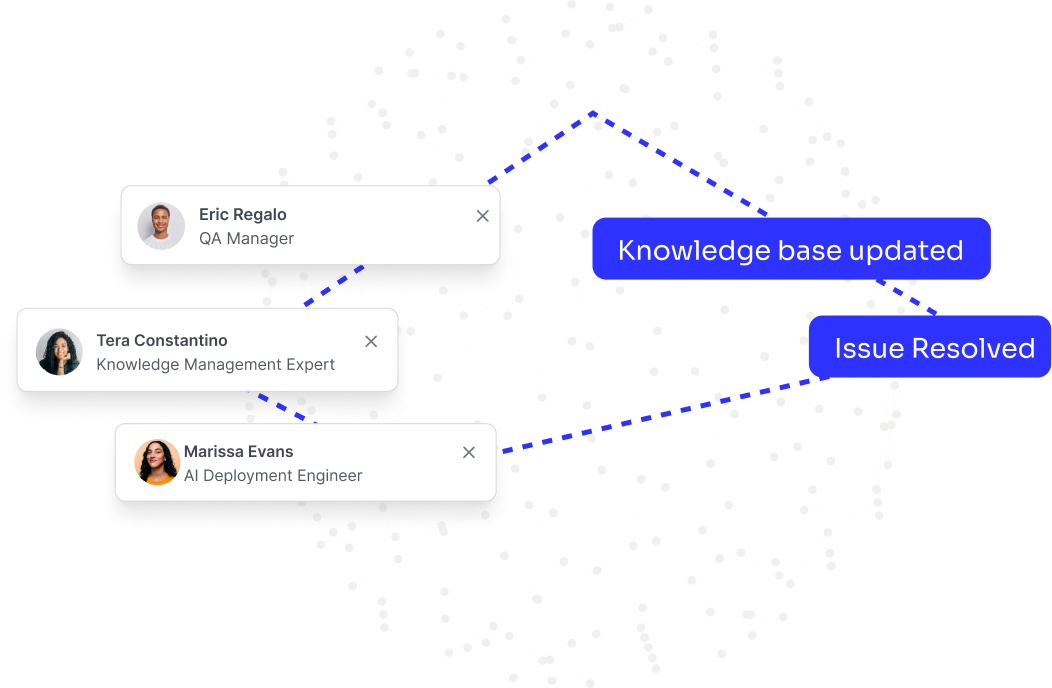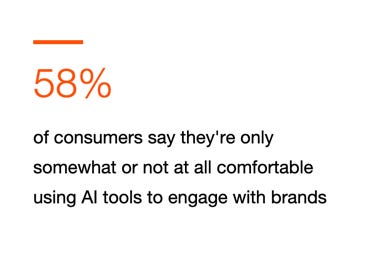Consumers aren’t just experimenting with AI—many are now letting it make decisions for them.
PLUS: Today’s tool shows how AI is quietly reshaping the service experience behind the scenes.

📅 November 20, 2025 | ⏱️ 4-min read
Good Morning!
If it feels like AI is moving from boardrooms into your shopping cart, you’re right. The biggest shifts this week aren’t happening in enterprise backends—they’re happening in everyday consumer journeys. And when customers hand responsibilities to AI agents, the ground moves quickly under brands that aren’t ready.
Here’s what’s worth your attention today.
🧠 Target plugs into ChatGPT — the store comes to the shopper
Target is partnering with ChatGPT to let customers browse and buy Target products directly inside ChatGPT’s interface. No app. No website. Just a conversation.
If the shopping journey begins inside someone else’s assistant, the “front door” of retail shifts. You no longer rely on customers choosing your app—you rely on appearing in the conversation at the right moment.
Ask: How does our brand surface when the customer’s assistant—not the customer—starts the purchase flow?
💡 Amazon’s ‘Rufus’ now tracks prices and auto-buys for you
Amazon announced new features for its AI shopping assistant, Rufus: price-history tracking, deal alerts, and optional automatic purchases with a 24-hour cancellation window.
Consumers don’t enjoy monitoring prices. AI does. And when shoppers hand over that responsibility, expectations shift for every brand in the ecosystem.
Identify where you’re still asking customers to “check back later.” That may be the first workflow an AI assistant replaces.
🤖 Affirm CEO: AI agents will soon handle shopping and payments
Affirm’s CEO told Reuters that consumers will increasingly delegate purchasing and payment decisions to AI agents—especially in categories with complex pricing or hidden fees.
If an agent is evaluating the offer, not the human, then transparency becomes a competitive advantage. Complexity becomes a liability.
Simplify. AI agents won’t tolerate friction or obscurity. They’ll choose brands that are clear, fast, and predictable.
📱 Brands must prepare for AI agents talking to AI bots
A new report from BCG outlines how customer journeys will evolve when consumers rely on AI agents. Brands will need to optimize not only for human shoppers, but also for the AI agents making decisions on their behalf.
Your next customer isn’t just a person—it might be their AI proxy analyzing your pricing, trust signals, or product clarity.
Treat AI agents as a new distribution channel. Build content, data, and clarity that these systems can interpret without confusion.
🛠️ Tool of the Day: Crescendo.ai
Crescendo.ai analyzes support conversations—chat, email, and voice—and surfaces real-time pain points, sentiment patterns, and operational bottlenecks.
When consumers accelerate their decisions with AI, service issues stand out even more. Crescendo gives leaders a faster way to pinpoint where experiences are breaking.
📊 DCX AI Data Stat
Takeaway: While companies may rush to deploy AI-powered CX tools, more than half of customers remain uneasy — so pushing AI without building trust and transparency risks undermining loyalty.
Source: PwC 2025 Customer Experience Survey
⚡ Your 1-Minute Action Plan
Choose one consumer-facing journey where customers hesitate or wait.
Map the friction.
Identify a step an AI assistant could realistically handle.
Pilot a single change—using Crescendo.ai for insights or internal automation for decision support.
Measure conversion lift and user sentiment after 30 days.
Small experiments beat big theories.
🔎 See you tomorrow!
AI is no longer backstage. It’s sitting next to the shopper, comparing prices, flagging issues, and sometimes buying for them. Brands that adapt to this new “proxy shopper” will earn trust—and market share.
👥 Share This Issue
Forward this to someone working in retail, consumer experience, or digital strategy. This phase of AI will shape their roadmap.
📬 Feedback & Ideas
Which part of your customer journey still feels slow, unclear, or overloaded with decisions? Tell me—let’s break it down in a future issue.








